Home to one of the world’s most diverse ecosystems, the Congo Basin casts a sprawling natural tapestry across Central Africa. It is the second-largest tropical rainforest in the world, teeming with a stunning array of wildlife. In this article, we’ll explore the top 10 animals and wildlife that call the Congo Basin home. From majestic elephants to elusive forest-dwelling birds, dive into the heart of this thriving natural wonder.
The African Forest Elephant

The African Forest Elephant is a remarkable creature that roams the dense forests of the Congo Basin. Unlike their savanna counterparts, these elephants are smaller and have rounder ears. They play a vital role in the ecosystem as they help in seed dispersal, promoting forest growth. Sadly, forest elephants are under threat from poaching and habitat destruction, which has halved their population over recent decades.
Western Lowland Gorilla
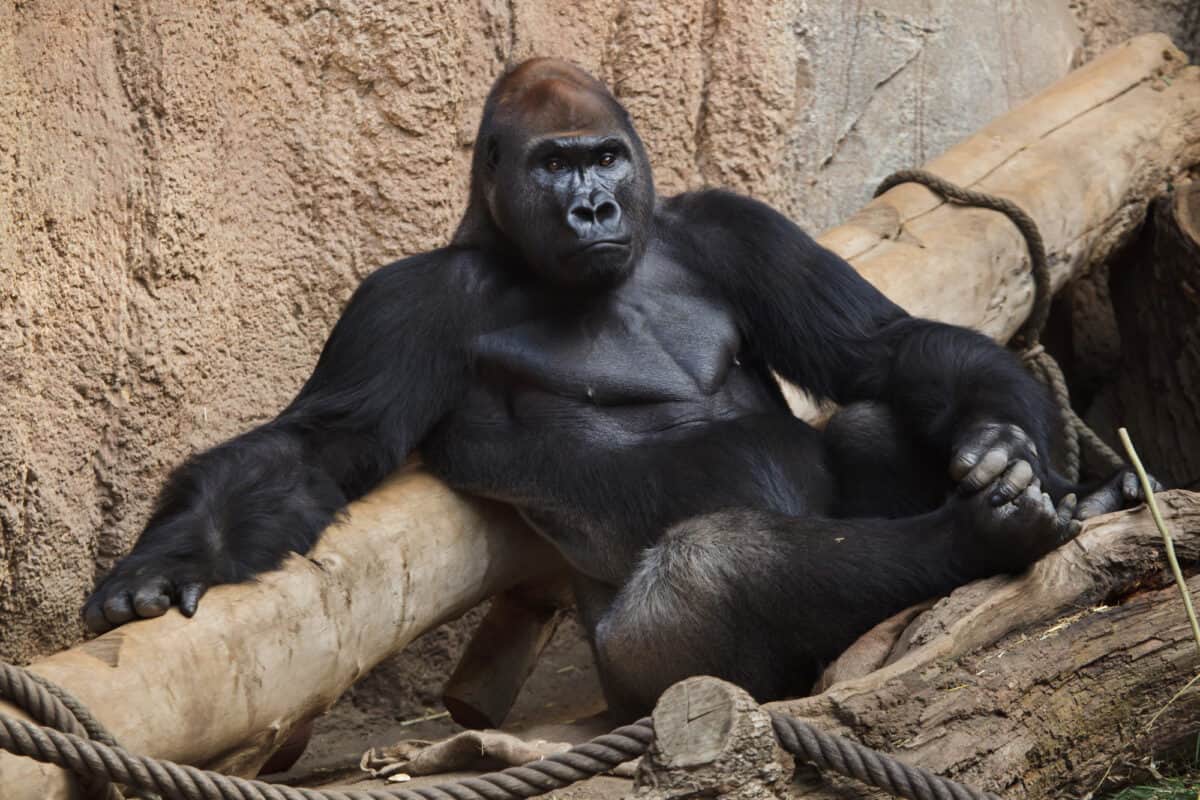
With their striking resemblance to humans, Western Lowland Gorillas spark a sense of wonder and curiosity. Inhabitants of the Congo Basin’s lush forests, these gorillas are the smallest subspecies of the gorilla. Known for their intelligence and social groups, they primarily consume a vegetarian diet. Despite their strength and adaptability, they are critically endangered due to habitat loss and poaching.
Bonobo

Often called the “pygmy chimpanzee,” bonobos are an emblem of peace in the animal kingdom. These primates are found exclusively in the Democratic Republic of Congo. Known for their matriarchal society and peaceful interactions, they stand apart in their conflict resolution and empathetic behavior. Conservation efforts are crucial for their survival as they face threats from hunting and habitat destruction.
Okapi

An elusive creature of mystery, the Okapi is a unique animal endemic to the Congo Basin. With a zebra-like stripe pattern on its legs and a giraffe-like body, it’s a striking blend of traits. Despite being reclusive, Okapis are iconic in the Congo rainforest, often called the “forest giraffe.” Habitat destruction and poaching have rendered them endangered, making conservation a priority.
African Grey Parrot

Renowned for their intelligence and exceptional mimicry skills, African Grey Parrots are indigenous to the Congo Basin. These birds are not only a delight due to their cognitive abilities but also play an important role in the ecosystem by dispersing seeds. Unfortunately, they are at risk due to the pet trade and habitat loss, highlighting the need for stringent conservation efforts.
Common Chimpanzee
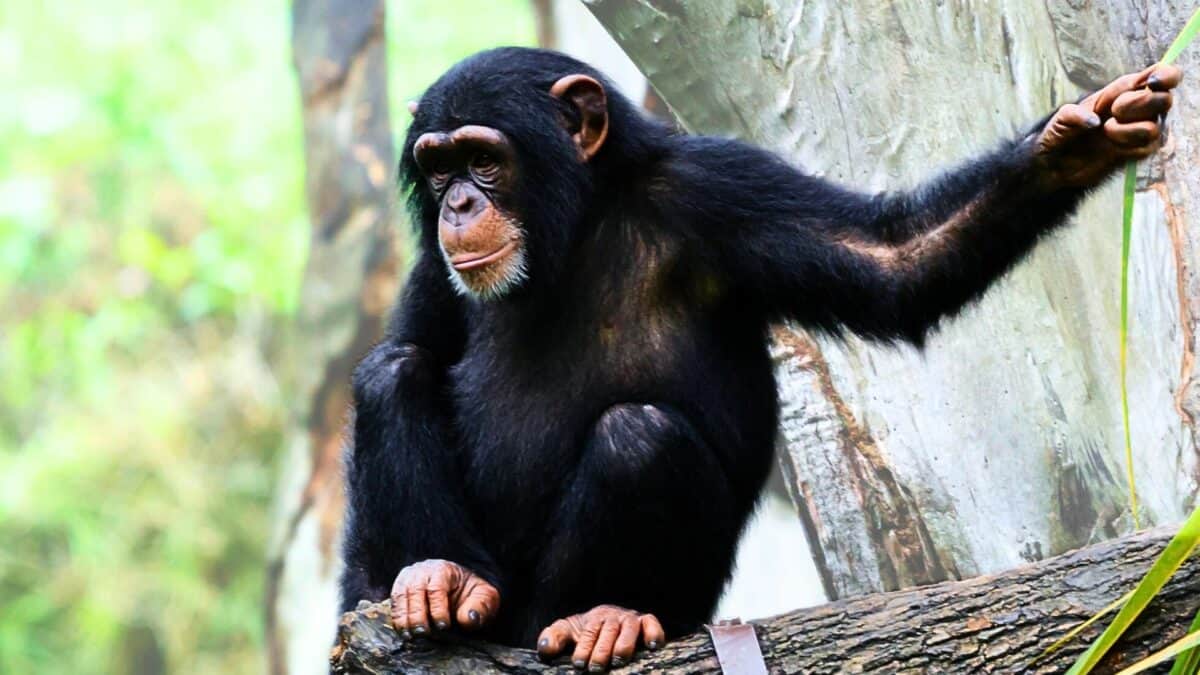
The archetypal “Man’s closest relative,” the Common Chimpanzee can be found swinging through the Congo Basin’s trees. These highly intelligent primates exhibit complex social behaviors and have an impressive ability to use tools. As their habitat shrinks, the population dwindles, emphasizing the importance of preserving their natural environment.
Leopard

Epitomizing the stealthy predator, leopards are elusive hunters of the Congo Basin. Their adaptability and solitary nature allow them to thrive in varying environments within the rainforest. They exhibit a distinctive spotted coat, which provides camouflage. Poaching and habitat fragmentation are significant threats to their survival.
Tree Pangolin

A unique species of pangolin, the Tree Pangolin is native to the Congo Basin. Known for their armored scales, these insect-eating mammals are adept climbers. Despite their unique defense mechanism of rolling into a ball, tree pangolins are vulnerable to illegal wildlife trade. Conservation is crucial to prevent their extinction.
Blue Duiker
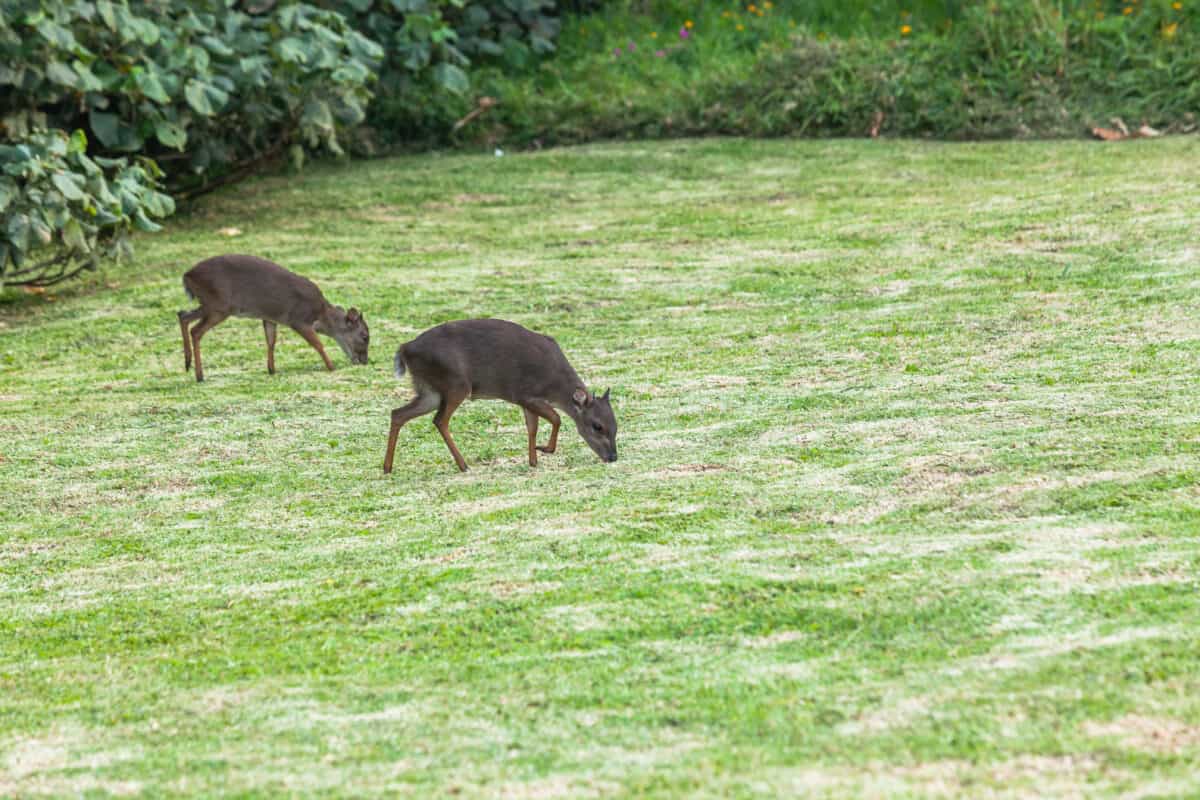
The Blue Duiker is a small antelope known for its agility and speed. Found throughout the dense forests of the Congo Basin, these shy animals have a slate-blue color and distinctive preorbital glands. Although quite prevalent, their numbers are affected by hunting and habitat encroachment, necessitating wildlife protection measures.
Congo Peafowl
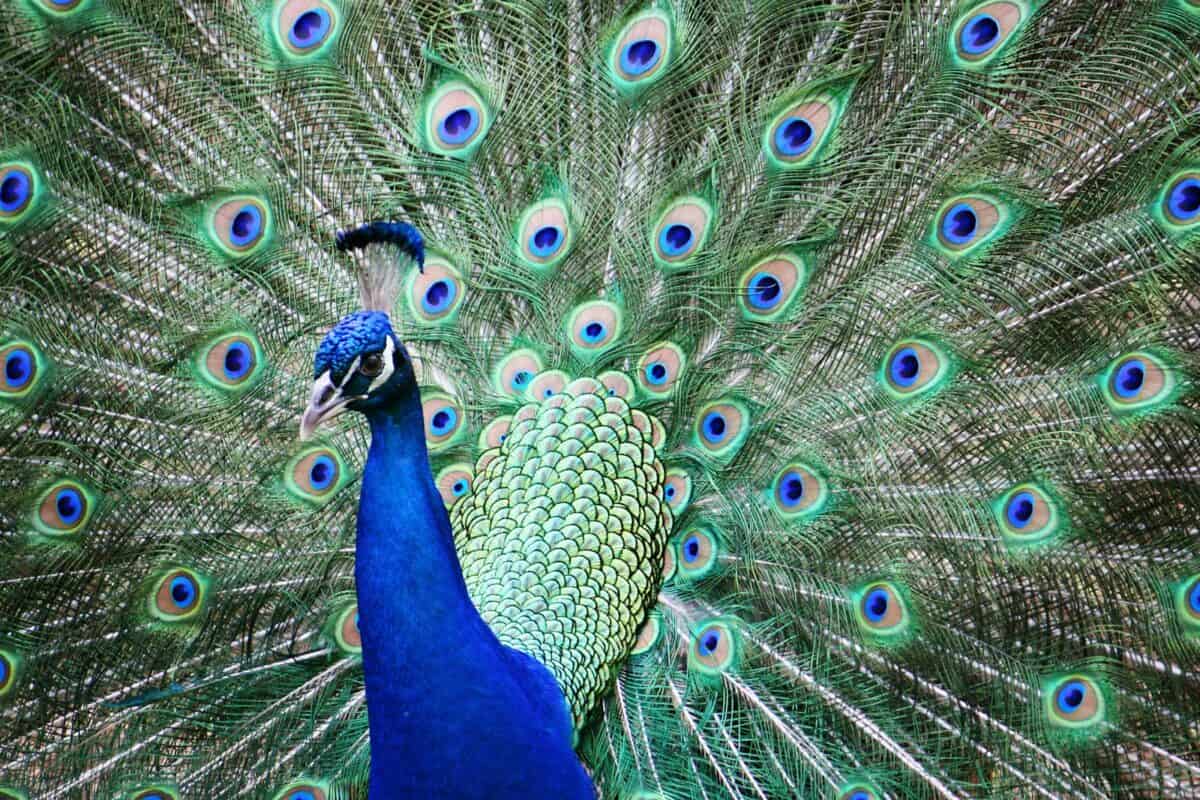
A vivid bird endemic to the Democratic Republic of Congo, the Congo Peafowl, also known as the Congolese Peacock, is a symbol of avian diversity. This bird is the national symbol of the country, possessing a remarkable array of plumage. Being elusive and exhibiting cryptic behavior, little is known about their habits, making them a priority for avian conservation.
Bongo
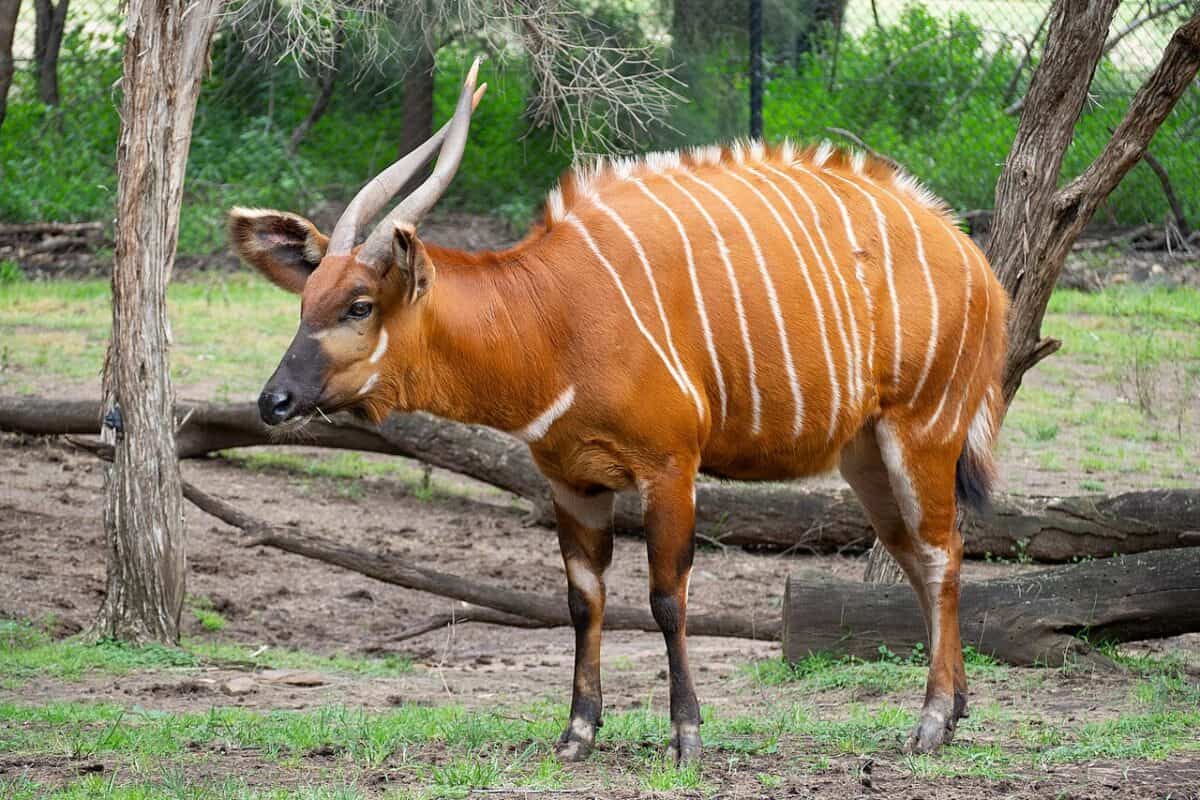
One of the largest forest antelopes, the Bongo, boasts vibrant chestnut coats striped with white, helping them blend seamlessly into the rainforest. Both males and females have spiraled horns, a rare trait among antelopes. Bongos are shy and nocturnal, making them seldom seen by humans. Deforestation and hunting pose significant threats to their existence.
Conclusion: A Rich Biodiversity Under Threat

The Congo Basin shelters an extraordinary array of wildlife, playing a critical role in global biodiversity. However, these species face manifold threats, from rampant deforestation to illegal poaching. It is imperative for global conservation efforts to intensify, ensuring that future generations can admire and benefit from this biodiversity treasure trove. Joint initiatives from governments, NGOs, and local communities are crucial to safeguarding these precious ecosystems for years to come.
- 14 Creatures That Can Freeze and Thaw Back to Life - August 9, 2025
- 10 Animals That Risked Their Lives to Save Humans - August 9, 2025
- 14 Reasons Why Bears Are Afraid of Humans (Most of the Time) - August 9, 2025

